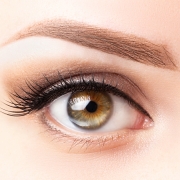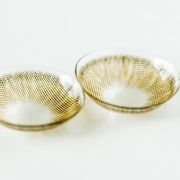The Different Parts of the Eye, Defined
When your Champaign, Illinois eye doctor is examining your eyes and talking about the cornea, pupil, optic nerve, and other parts, you may be wondering what these various parts are and the roles they play in helping you see. To help you gain a better understanding of your eyes, let’s talk in-depth about your eyes.
Iris
The colored portion of your eye, the iris consists of fibrovascular tissue known as the stroma. Thanks to the stroma connecting to a muscle, your pupils can dilate and contract.
Lens
A transparent structure inside your eye, the lens can curve both outward and inward. Also able to refract light, a lens that features an irregular curve can result in astigmatism.
Optic Nerve
Arguably the most important part of your eye, the optic nerve is responsible for carrying the electrical impulses from the retina’s rods and cones to your brain’s visual cortex. Essentially, if you did not have a functioning optic nerve, you would have no sight.
Pupil
While the iris is the colored portion of your eye, the pupil is the black circle that’s in the center of your iris, and its job is to regulate how much light actually enters your eye. In case you didn’t know, your pupil looks black because its tissue absorbs the majority of the light that passes through it.
Retina
Covering the entire back surface of your eye, the retina is a sensory membrane. When images are picked up by your lens, they are sent to the retina, which then converts them into signals that are sent from the optic nerve to your brain.
While you now know more about various parts of your eye, never be afraid to speak up and ask your eye doctor in Champaign, Illinois questions you have during or after your eye exam.





